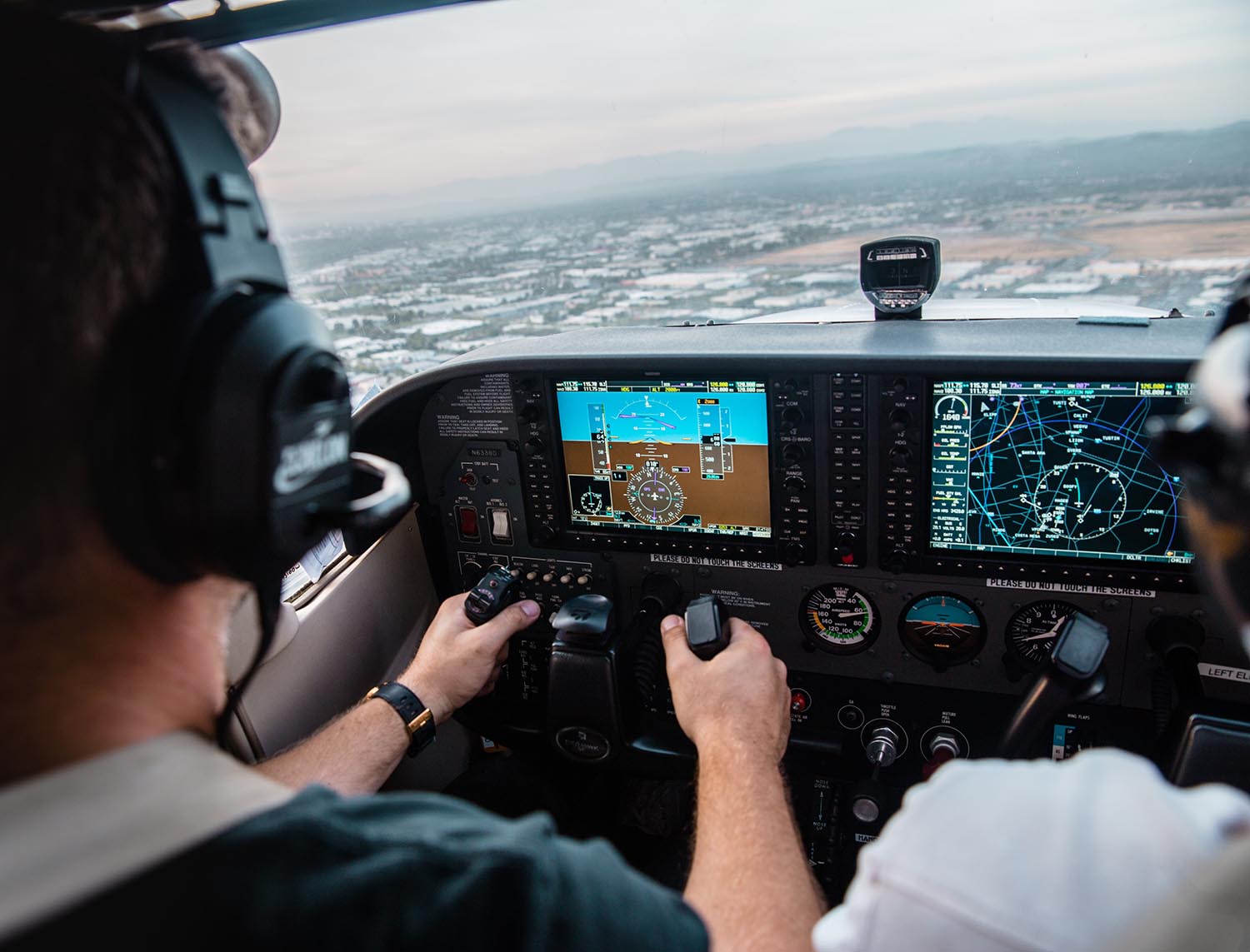Around the Sales World
Keeping a watch on trends and developments relevant to the world of sales
Application is the heart of all sales learning
(Excerpt from Sales Management that Works – How to Sell in a World that Never Stops Changing by Frank V Cespedes, Harvard Business Review Press)
“People learn to handle unpredictable, changing environments through repeated practice. Adults learn best when they can apply new information or a skill and see the results. In the class room or seminar, this dissemination of learning typically involves what researchers call “spaced repetition” – for example, a series of quizzes aimed at measuring and reinforcing the application and consolidation of knowledge. In the field outside the classroom, application involves “deliberate practice” – identifying specific areas of improvement (versus holistic changes to one’s personality or temperament) and then practicing those skills with feedback on performance.

*Photo credit: Unsplash
This is crucial in sales where learning involves behaviours, not only knowledge. Talking about selling is not the same as selling. Research indicates that to acquire a behavioural skill (versus a concept or new information), people must apply that behaviour multiple times (from three to twenty times, according to different studies) before it becomes practiced enough to be comfortable and effective … “
Research on Training Fidelity Shows Why Simulations Work Magic in Transfer of Learning

Simulation great for learning ‘in-the-moment action’ skills
Flight training that earns pilots their wings is usually not complete without flying-hours in a flight simulator. The simulated cockpit replicates almost every possible scenario in the skies, including crises, often leaving the trainees with racing hearts and sweaty palms.
Besides aviation, health care also draws on simulation for training nursing, paramedical and physiotherapy professionals. In all professions requiring a high degree of ‘in-the-moment’ action, simulation is seen as an ideal methodology to transfer learning.
Training Fidelity: The Ingredient for Simulation Success
What accounts for the success of simulations in making learning stick?
It is universally accepted that to be effective, all training must simulate reality at some level. Research on learning categorises this as “training fidelity”
What is Training Fidelity?
Findings of researchers Jeanne M. Carey and Kelly Rossler published in the website of US National Institute of Health, discuss the concept “Fidelity” in the context of training. Among other things, they state that fidelity refers to the degree of exactness of real experience achieved by training. They add that fidelity corresponds to the believability of the experience and relates to several components of simulation activity.
Simulations Thrive on Training Fidelity
A 2019 research paper published by University of Pennsylvania examining whether “simulation fidelity affects training” frames fidelity in terms of how similar the training situation is, to the actual task situation. One of the possible reasons for effective in transfer of learning that is observed in simulations is because simulations create training fidelity at various levels, encompassing physical, task, behavioural, environmental, psychological and functional levels
Training fidelity also explains the popularity and success of board-based simulations in imparting business skills like appreciation of finance, market strategy and innovation mindset.
Research has also uncovered evidence that the degree of fidelity does not need to be high for learning transfer to happen. As Carey and Rossler conclude - all levels of fidelity are “beneficial when used appropriately”
“Education is the kindling of a flame, not the filling of a vessel.”
– Socrates –
We look forward to hearing from you



Thank you. Your entries has been submitted successfully
